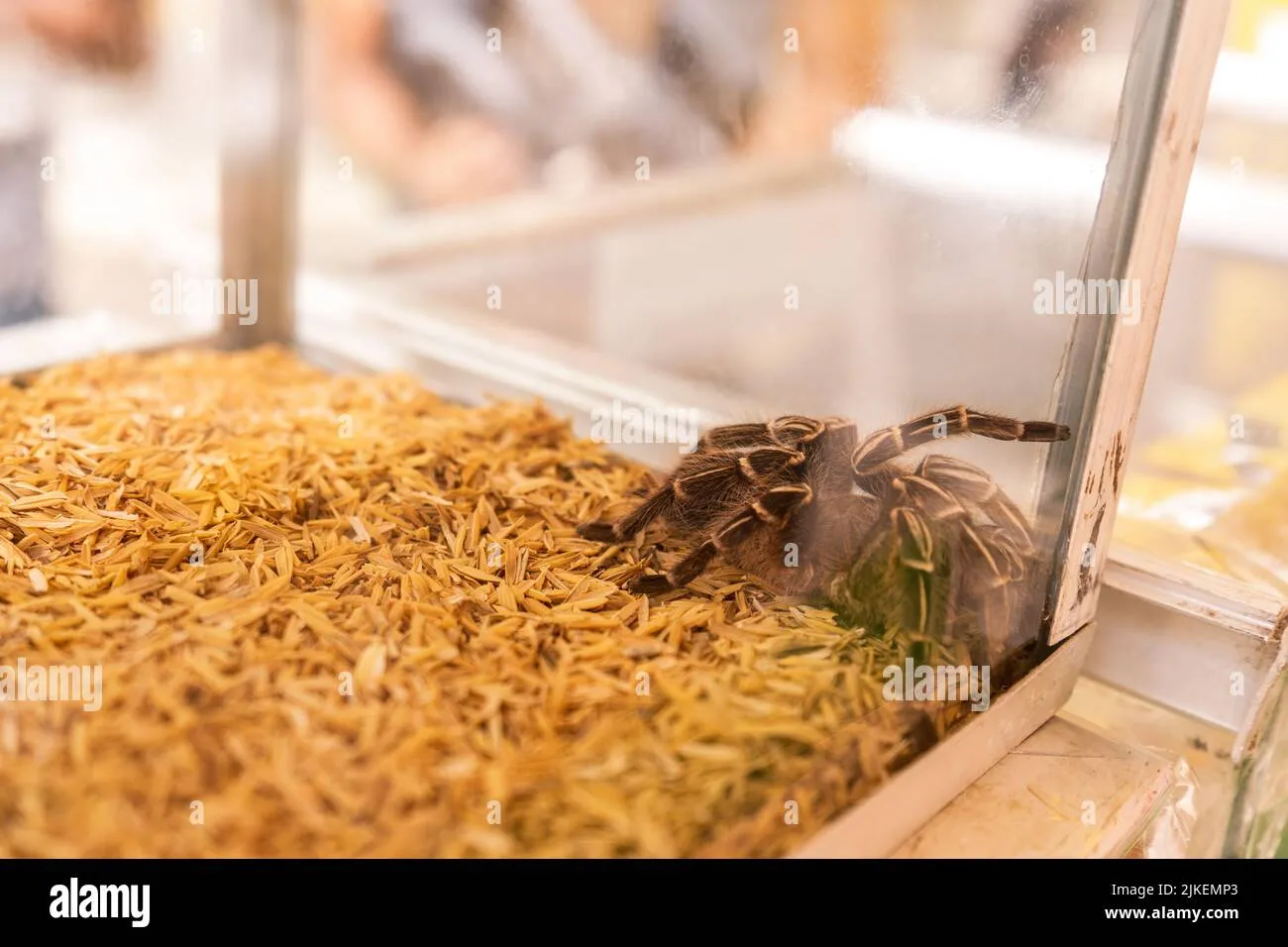5 Amazing Tarantula in Tank Care Tips
Keeping a tarantula in a tank can be a rewarding experience, offering a unique glimpse into the fascinating world of arachnids. However, these creatures have specific needs that must be met to ensure their health and well-being. This guide provides five essential care tips to help you create a thriving environment for your tarantula in its tank. By following these guidelines, you can enjoy the captivating presence of your pet while providing it with the best possible care.
Tip 1 Provide a Suitable Tank
The first and most critical aspect of tarantula care is providing a suitable tank environment. The right enclosure is vital for your tarantula’s safety and comfort, allowing it to thrive in a controlled environment. The choice of tank impacts all other aspects of tarantula care.
Tank Size Matters
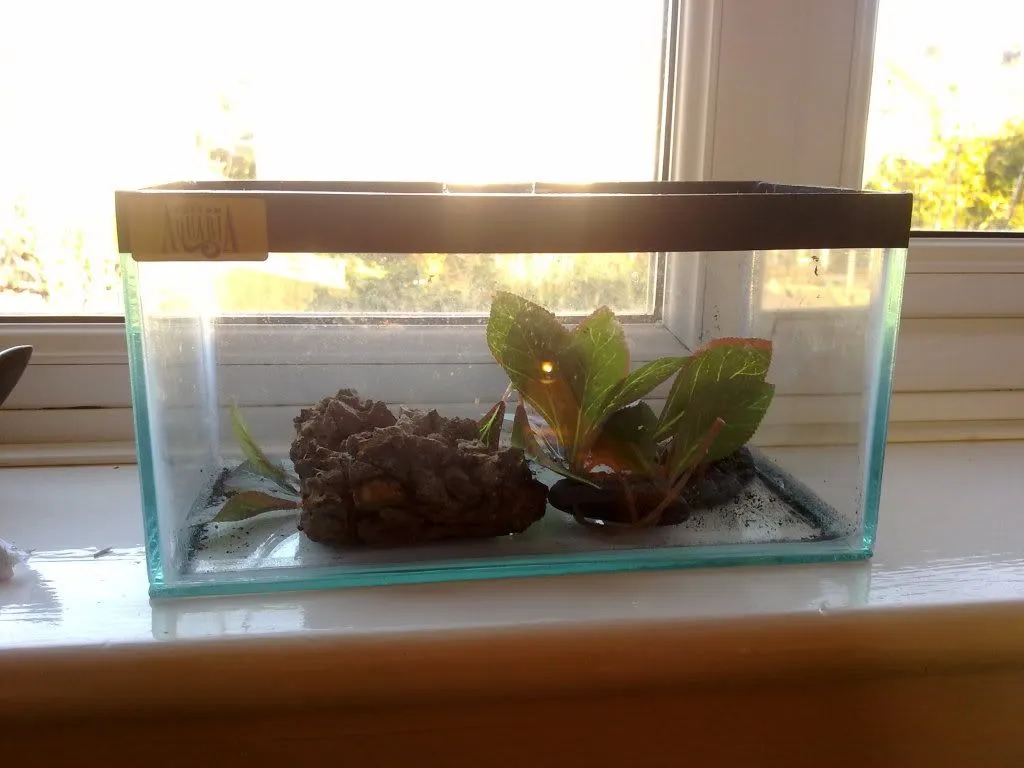
The size of the tarantula tank is crucial. A tank that is too small can restrict movement and hinder growth, while one that is too large can make it difficult for the tarantula to find food and feel secure. As a general rule, the tank should be at least twice the tarantula’s leg span in width and length. The height should be at least as high as the tarantula’s leg span, but more is preferable to allow for substrate depth and potential climbing. Juvenile tarantulas will need smaller tanks, with upgrades as they grow. A well-sized tank is the foundation of good tarantula care.
Consider the tarantula’s specific species when choosing tank dimensions. Terrestrial species, which live on the ground, require more floor space, whereas arboreal species, which live in trees, need more vertical space for climbing. Always plan for the future, anticipating the adult size of your tarantula and selecting a tank that will accommodate its needs. Providing the right amount of space ensures the tarantula can move freely and reduces stress.
Tank Material Considerations
Tarantula tanks are generally made of glass or clear plastic. Glass tanks are durable and easy to clean but can be heavier. Plastic tanks are lightweight and less prone to breaking, but can scratch more easily. The material should provide clear visibility for observation. Whichever material you choose, make sure the tank has secure ventilation to ensure air circulation and prevent the buildup of humidity or the formation of mold and mildew. This is important for the tarantula’s health.
Tip 2 Maintain the Right Temperature and Humidity
Maintaining the correct temperature and humidity levels is crucial for the health and well-being of your tarantula in its tank. Tarantulas are ectothermic, meaning they rely on external sources to regulate their body temperature. Temperature and humidity directly affect their metabolism, molting, and overall activity levels. Providing the right conditions is essential.
Optimal Temperature Range
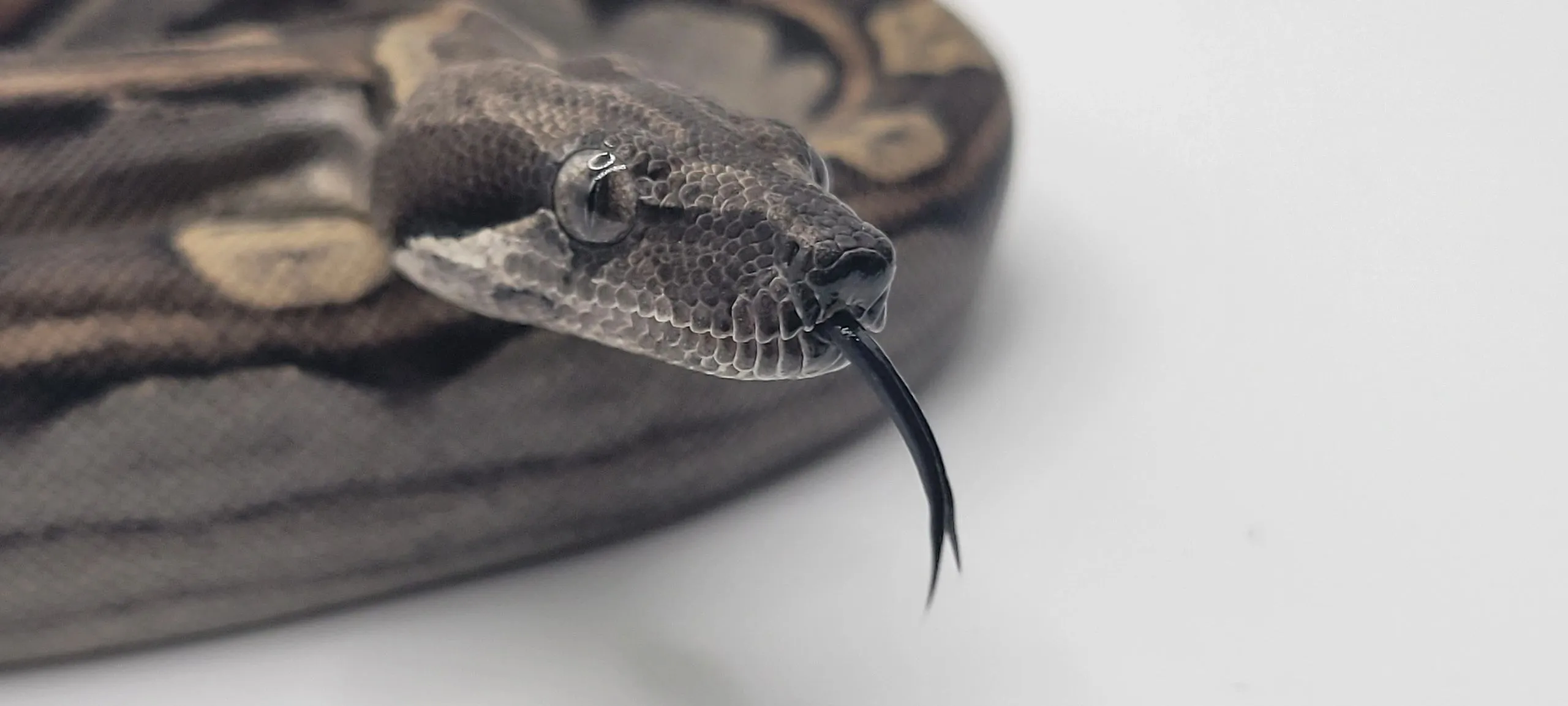
Most tarantula species thrive in a temperature range of 75-85°F (24-29°C). Use a reliable thermometer to monitor the tank’s temperature regularly. Avoid placing the tank in direct sunlight or near heat sources like radiators, which can cause overheating. If the temperature is too low, you can use a heat mat or a ceramic heat emitter, but always regulate it with a thermostat to prevent burns. Creating a temperature gradient within the tank, with a slightly warmer side, allows your tarantula to regulate its body temperature.
Managing Humidity Levels
Humidity levels are just as important as temperature. The ideal humidity range varies by species, but most tarantulas need humidity between 60-80%. Use a hygrometer to monitor the humidity levels in the tank. Achieve the right humidity level by misting the tank with water (using a spray bottle), or by providing a water dish. Overwatering can lead to mold growth, so avoid overdoing it. The substrate also plays a role in maintaining humidity, as it absorbs and releases moisture. Adequate humidity promotes successful molting and prevents dehydration.
Tip 3 Choose the Right Substrate
The substrate is the bedding material that covers the bottom of your tarantula’s tank. It serves multiple purposes, including providing a surface for the tarantula to walk on, helping to regulate humidity, and offering a place to burrow or hide. The choice of substrate can significantly affect your tarantula’s health and comfort, so choosing the right one is a key care consideration.
Substrate Options and Benefits
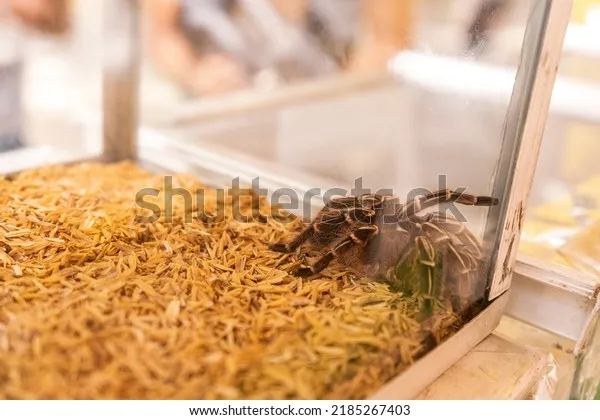
Popular substrate options include coconut fiber (coco coir), peat moss, vermiculite, and potting soil. Coconut fiber is a widely used, and excellent choice because it retains moisture well, is resistant to mold, and is readily available. Peat moss has similar properties but can be more acidic. Vermiculite is excellent for holding moisture and is suitable for burrowing species. Potting soil is an option, but ensure it is free of fertilizers and pesticides that could harm your tarantula. A blend of different substrates can also be used to achieve the best results. The substrate should be non-toxic and free of sharp edges or pieces that could injure the tarantula.
Substrate Depth Considerations
The depth of the substrate depends on the species. For burrowing species, provide a depth of substrate that is at least as deep as the tarantula’s leg span, allowing them to construct extensive burrows. Terrestrial species need a shallower depth, but still, ensure there is enough substrate for the tarantula to feel secure and possibly burrow if it chooses. A good depth also assists in maintaining humidity. Regularly monitor the substrate for mold or excessive moisture and replace it as needed to keep the tank clean and healthy.
Tip 4 Offer Appropriate Feeding and Watering
Proper feeding and watering are fundamental to your tarantula’s survival and overall well-being. Understanding the tarantula’s dietary needs and how to provide them safely will help keep your pet healthy and content. This essential aspect of care ensures your tarantula has the energy it needs to thrive.
Feeding Frequency and Prey Size
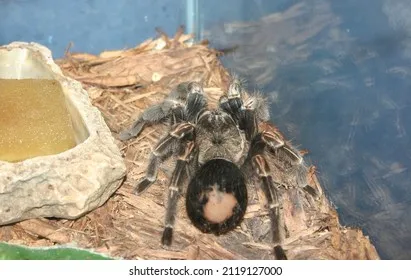
The frequency of feeding depends on the tarantula’s age and species. Juvenile tarantulas need to be fed more often, typically every few days. Adults can be fed once or twice a week. The best food choices are live insects such as crickets, mealworms, and roaches. The prey size should be appropriate for the tarantula, generally no larger than the tarantula’s body size. Remove any uneaten prey within 24 hours to prevent them from stressing or injuring the tarantula. Also, be sure to offer a variety of insects to provide a well-rounded diet.
Watering Techniques and Safety
Tarantulas require a constant supply of fresh water. Provide a shallow water dish in the tank, ensuring it is small enough to prevent drowning, and clean it regularly to prevent the build-up of bacteria. Alternatively, you can mist the tank walls and substrate with water, which the tarantula can drink from. Always use dechlorinated water to avoid harming the tarantula. Watch your tarantula drinking to make sure that it has access to water.
Tip 5 Handle with Care and Observe Regularly
Handling your tarantula and observing it regularly is a key part of responsible ownership. Handling, if done incorrectly, can be stressful for the tarantula and may lead to injuries. Observing the tarantula in its tank allows you to detect any health problems early and adjust its environment accordingly.
Safe Handling Practices

Tarantulas are generally not fond of being handled. If you must handle your tarantula, do so with extreme care. Always sit or kneel close to the ground to avoid a fall. Encourage the tarantula to walk onto your hand rather than grabbing it. Avoid sudden movements and be very gentle. If the tarantula becomes agitated, place it back in its tank immediately. Some species have urticating hairs that can cause irritation, so avoid touching the abdomen. Washing your hands before and after handling helps prevent the spread of bacteria.
Recognizing Health Issues
Regular observation is crucial for detecting any signs of illness or stress. Watch for changes in behavior such as lethargy, loss of appetite, or unusual posture. Check for any signs of parasites or injuries. Monitor the molting process, as molting is a stressful time for tarantulas, and any problems during this period can be serious. If you notice any health concerns, consult with a veterinarian experienced in exotic animals or a tarantula specialist for advice. A healthy tarantula is a happy tarantula.
Caring for a tarantula in a tank is a fascinating responsibility. By following these five key tips, you can provide a safe and enriching environment for your pet. From choosing the right tank and maintaining the correct temperature and humidity to offering proper feeding and handling with care, each tip contributes to your tarantula’s health and longevity. Enjoy the unique experience of keeping these amazing creatures, and your tarantula will thrive.
